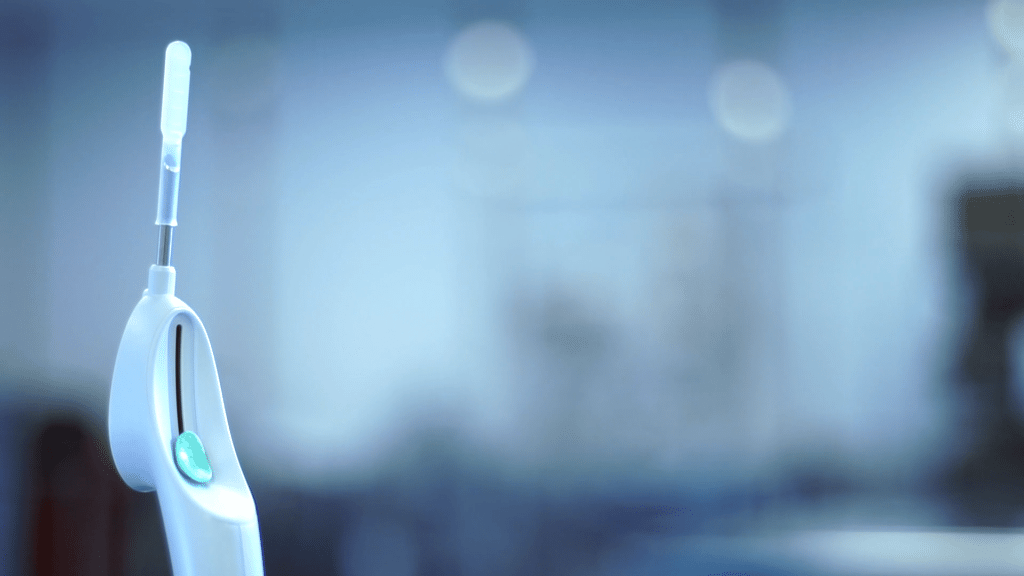Healthcare providers are under constant pressure to do more with less - and these pressures are being passed on to the OEMs that manufacture medical devices. This pressure challenges OEMs to be forward-thinking and develop more cost-effective solutions including the redesign of existing medical devices. Injection molded plastics play a large role in these redesigns, often replacing legacy materials such as glass and metal, in order to improve performance, quality, and cost efficiency.
To meet the evolving demands of the medical industry, devices in many cases are being redesigned to meet specific patient and clinical needs. For example, medical devices are becoming more mobile for easier use at home and during travel. Additionally, hospital and clinic equipment are being redesigned to have a smaller footprint. Some of the medical devices being impacted include catheters, inhalers, orthopedic products, pumps, syringes, and tubes.
As noted, redesigns can be the result of optimizing an existing product design but they can also be a result of the normal design process for new medical products. Development of new devices requires significant testing and documentation prior to obtaining the requisite FDA approvals. The design process is iterative, often involving some level of redesign, before the necessary testing and approvals are achieved.
OEMs may be asking - what is the role of my injection molding supplier in the medical device redesign process? The answer is that your supplier should play a big role in your redesigns – and if that is not happening you may not have the right molding partner! The redesign process should be a team effort between an OEM and their molding partner, where medical devices are analyzed to identify opportunities for improvement. Below are a few key aspects of a redesign that OEMs and their supplier should be undertaking together.
- Design for Manufacturability: OEMs need to ensure the part is as easy to manufacture as possible! This will result in more efficient production, better quality, and lower cycle times. In some cases, a design simply cannot be molded due to anticipated manufacturability issues; in these instances, the molding partner should offer design alternatives that maintain the original design concept but address the manufacturability challenges. For this reason, OEMs should strongly consider partnering with an injection molder that has Design for Manufacturability expertise; this means the tool design and manufacturing teams are integrated to allow manufacturability issues to be identified and addressed during the design process instead of after the tool is fabricated – saving significant development time and cost!
- Material Options: material selection is often key to a product redesign. OEMs should leverage their supplier’s expertise to guide the material selection process and offer options that will improve the design. Certain vendors specialize in the different material types, so it’s important to know what your supply base is capable of, and also what they specialize in. Additionally, a molding partner should have experience with materials common in the OEMs given industry. For example, for OEMs manufacturing medical devices, your partner should have experience with the special plastic blends used in the medical field to provide sterile, chemically resistant products that are suitable for high-temperature applications.
- Minimizing Complexity: part design simplicity goes beyond product performance as an over-engineered and complex design will add unneeded complexity to the tooling and, in some cases, can render a product not manufacturable. Several design features increase part cost such as tight tolerances, engraving, or the addition of undercuts, unscrewing cores and hand loaded inserts. OEMs should work with their supplier to look at design alternatives and should ensure any complex features are “must-haves”! In cases where a more complex redesign cannot be avoided, OEMs need to ensure their molding partner has expertise in that given area, whether it be part features like tight tolerances, threads, and undercuts, or molding techniques such as insert molding and overmolding. Molding suppliers should be an integral piece of designs and redesigns, and at Crescent, our team uses our part design guidelines to promote discussions on design options and alternatives.
OEMs have the choice between partnering with a single vendor, or multiple vendors, to accomplish their product redesign and subsequent production. When partnering with a single-source provider, such as Crescent, the design, tooling, production, and post-production steps are all part of a complete manufacturing solution, providing value by minimizing the number of vendors involved and enhancing speed-to-market.
By collaborating together on a redesign, OEMs and injection molding suppliers can identify innovative ways to streamline manufacturing, decrease costs, and improve quality – resulting in a more cost-effective medical device! If you are not experiencing this level of service and collaboration with your molding supplier, you may wish to reconsider your options.
Crescent Injection Molding Capabilities
For 70+ years, Crescent has been providing an integrated single source solution for customer’s plastic injection molded components - utilizing our advanced engineering capabilities, in-houses tooling, production facilities, and value-add secondary operations. Our capabilities allow us to mold a comprehensive range of engineered and commodity grade resins. We currently serve the medical, pharmaceutical, dental, defense, safety, electrical/electronic, aerospace and OEM/Industrial markets.


